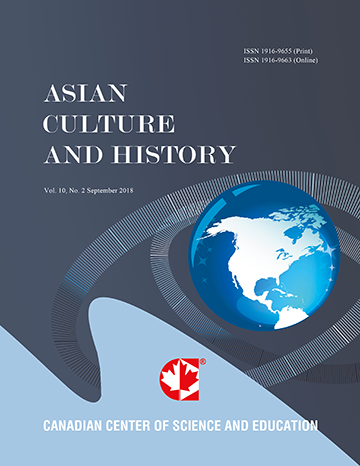Development of Successful Resort Design with Vernacular Style in Langkawi, Malaysia
- Ahmad Sanusi Hassan
- Aymen Emalgalfta
- Ku Azhar Ku Hassan
Abstract
This paper discusses resort design with an adoption of vernacular style in Langkawi, Malaysia. Resort refers to building or a group of buildings designed in a particular setting to cater for both relax and recreational activities. The resort sites may front beaches, lagoons, hill slopes or lakes or provide elevated views with convenient access to the waterfront activities. Vernacular style becomes increasingly popular for the design of resort hotels. Langkawi Island since 1990 has been gazetted as the national tourist’s destination due to its pristine beaches, scenic beauty, richness of cultural heritage and preserved tropical environments. The resort development shows that Langkawi has a potential as an attractive tourist destination from around the world. Three vernacular resorts are selected for the case study based on their different designs and locations, which are Berjaya Langkawi Beach and Spa Resort (modern vernacular style), Pelangi Beach Resort (post modern vernacular style) and Kampung Tok Senik Resort (old traditional vernacular style). The study finds that Kampung Tok Senik Resort is the best design for vernacular style’s resort. This study is also able to indicate several critical factors in the analysis for improvement of the resort design in the future.- Full Text:
 PDF
PDF
- DOI:10.5539/ach.v2n1p85
Journal Metrics
Google-based Impact Factor (2017): 5.42
h-index (January 2018): 11
i10-index (January 2018): 21
h5-index (January 2018): 6
h5-median (January 2018): 9
Index
- Academic Journals Database
- CNKI Scholar
- COPAC
- EconPapers
- Elektronische Zeitschriftenbibliothek (EZB)
- Excellence in Research for Australia (ERA)
- Genamics JournalSeek
- Google Scholar
- Infotrieve
- LOCKSS
- MIAR
- NewJour
- Open J-Gate
- PKP Open Archives Harvester
- Publons
- RePEc
- Scilit
- SHERPA/RoMEO
- Standard Periodical Directory
- Technische Informationsbibliothek (TIB)
- The Keepers Registry
- Universe Digital Library
- WorldCat
Contact
- Ivan YongEditorial Assistant
- ach@ccsenet.org
